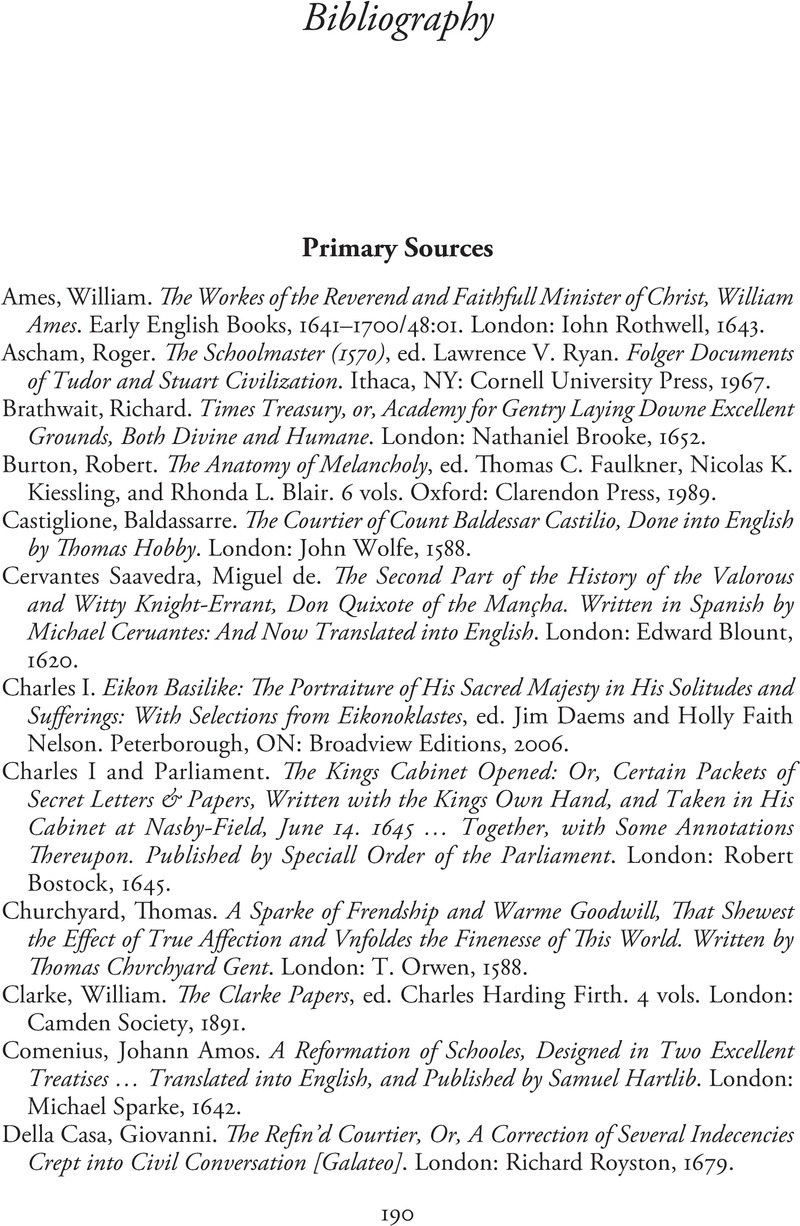Book contents
Bibliography
Published online by Cambridge University Press: 01 September 2022
Summary

- Type
- Chapter
- Information
- The Masculinities of John MiltonCultures and Constructs of Manhood in the Major Works, pp. 190 - 213Publisher: Cambridge University PressPrint publication year: 2022



